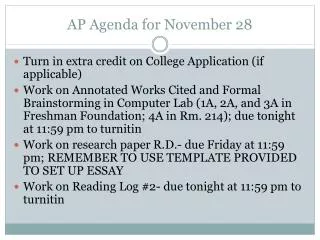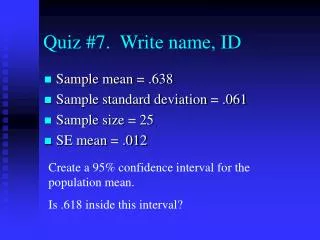ACC 206 QUIZ 7
ACC 206 QUIZ 7 The Marshall-Lerner condition deals with the impact of currency depreciation on: Given favorable elasticity conditions, an appreciation of the yen results in According to the Marshall-Lerner condition, currency depreciation would have a positive effect on a country's trade balance if the elasticity of demand for its exports plus the elasticity of demand for its imports equals: The Marshall-Lerner condition illustrates According to the J-curve effect, when the exchange value of a country's currency appreciates, the country's trade balance: According to the Marshall-Lerner condition, currency depreciation has no effect on a country's trade balance if the elasticity of demand for its exports plus the elasticity of demand for its imports equals: The time period that it takes for companies to increase output of commodities for which demand has increased due to currency depreciation is known as the: A potential limitation of freely floating exchange rates is that: A potential disadvantage of freely floating exchange rates is that there would: Small nations (e.g., the Ivory Coast) whose trade and financial relationships are mainly with a single partner tend to utilize: Under the historic adjustable pegged exchange-rate system, member countries were permitted to correct persistent and sizable payment deficits (i.e., fundamental disequilibrium) by: Which exchange-rate mechanism is intended to insulate the balance of payments from short-term capital movements while providing exchange rate stability for commercial transactions? Which exchange-rate system does not require monetary reserves for official exchange-rate intervention? A market-determined decrease in the dollar price of the pound is associated with: If Mexico dollarizes its economy, it essentially
★
★
★
★
★
126 views • 1 slides








